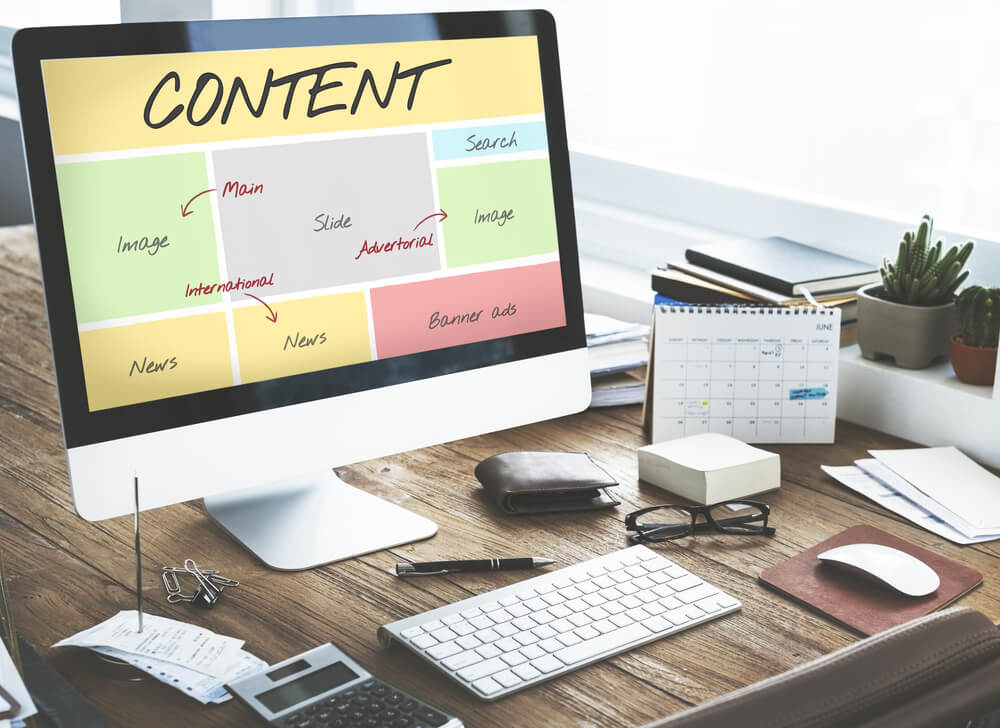
Strategies and Differences in B2B vs B2C Marketing
Good marketers know that not every strategy is created equal. Sure, many strategies are effective across industries, such as social media and email marketing. But marketers still need to understand their audience and which strategies work for them.
When it comes to differences in marketing for B2B vs B2C businesses, it all comes down to picking the right strategies. Of course, both types of businesses promote products or services to attract customers. But there are major differences in how they speak to their two very different audiences.
B2C, meaning business-to-consumer, are businesses that sell directly to the consumer. The people purchasing from these types of businesses are typically shopping for items for personal use. This means they don’t need to involve anyone else in the decision-making process. Marketers for these companies will have large audiences with demographics based on who would be most likely to use their products.
B2B, meaning business-to-business, are companies that sell directly to other companies. Examples of businesses in this category include wholesalers, enterprise software companies, and business vendors. For B2B marketers, this means the messaging is speaking directly to a decision-maker or stakeholder at a company. Marketing language should focus strongly on saving time, increasing profits, and cutting costs.
Which model of business a company adopts will depend on their goals. But understanding the difference is important for marketers to be able to run successful campaigns.
B2B Marketing vs B2C Marketing
Let’s break down the main differences between B2B vs B2C businesses and how they affect marketing strategies. Many tactics will overlap, but which strategies are used to effectively convert leads can vary greatly between the two.
Buyer Intent and Decision Making
When deciding what strategies to use, be sure to keep buyer intent and the decision-making process in mind.
As consumers, we make a lot of small purchases throughout the week that are motivated by want. Individual consumers are making quick purchase decisions based on their needs, wants, and moods. This means that B2C businesses can benefit hugely from upsell tactics and a quick, frictionless checkout process. B2C marketers can also use emotion-evoking language
Of course, not all B2C businesses offer low-priced items. Companies that have a higher average order value (AOV) have to plan for an extended checkout process. This will often involve some education or nurture campaigns. For example, car dealerships expect that customers will have done research and consulted friends before coming in to view the product. But ultimately they are still the sole person responsible for the purchase decision.
B2B businesses, on the other hand, have a much longer consideration period that can involve multiple people and departments. According to one survey, it can take an average of 7 stakeholders to sign off on a decision. And there are at least 5 steps in the process of selecting a vendor. That means B2B businesses have to prove they fit into the company’s broader goals to convince everyone involved to move to purchase.
Customer Lifecycle
Another key difference between B2B vs B2C marketing is how long a customer is a customer. B2B businesses have a much longer lifecycle where customers stay on for years and build a relationship with the company whereas B2C businesses can see a lot of one-time customers.
Each business model tends to invest differently in customer service, education, and lead nurturing. While both types of companies may use all the same strategies, how complex they are and where they fit into the customer lifecycle will vary.
For example, a business that sells software to other businesses might focus on educational webinars or eBooks to showcase how the product can save time and money with a follow-up email drip campaign that further offers tools, resources, and demos. One of the selling points might be unlimited continuing support or an easy onboarding process.
A business that sells t-shirts on the other hand wouldn’t need to host webinars teaching leads how to style a t-shirt, but they should invest in photography for social media that showcases ways to style it. An e-commerce store would also find more value in hiring an entry-level customer service team for basic inquiries as opposed to dedicated customer services reps for each sale.
Marketing Language and Content
As consumers, we love the dopamine rush of a new purchase and we tend to purchase items based on how they make us feel, not if they’re a smart purchase or not. That means marketers for B2C businesses try to make us laugh, cry, or reminisce with their messaging. Here language and imagery can be silly or heartfelt without a heavy focus on the benefits of the product.
B2C companies have a little more creative freedom when it comes to marketing. For certain brands, styling the product in a variety of ways is enough to make it sell out. This type of marketing does not need to be value-driven.
B2B businesses are the opposite. Because the product needs to be an asset to the business, marketing language is often benefits-driven. Marketing content has to show how the product or service can make employees’ lives easier, save time and money, and be a valuable investment.
Both language and content should highlight the product or service features. How do they work to save time, money, or frustration for the business? And remember that business audiences are often busy. So it’s best to catch new leads with a bold, short value proposition that leads them to an email list or webinar where they can be nurtured further through the sales funnel.
Marketing Strategies: Which Are Best?
When it comes to marketing for either business model the question is always: who are you marketing to? Understanding who your audience is, what their needs and frustrations are, and where they hang out online is step one to creating an effective marketing strategy for any business.
Let’s go over some of the most common marketing strategies and how they can differ:
Social Media – B2C businesses want to cast a wide net so picking the most popular and most engaged channels is a great move. When targeting business professionals it’s best to stick to networking or professional apps that they are likely to be a part of like LinkedIn, Clubhouse, or Twitter.
Email Marketing – Because businesses will have likely already researched your product before signing up for the email, these are best used as nurture campaigns or to highlight lesser-known features. For consumers, it’s about volume. There are hundreds of other brands fighting for their attention, email can be used as another way to stay top-of-mind.
Content Marketing – B2B companies heavily use blogs, articles, and webinars to educate prospects, address solutions to industry pain points, and become a valuable industry resource for their readers. Webinars are especially a great way to offer value, interact with prospects, and position your company as a leader in the space. B2C companies see great returns from very visual marketing where they invest in graphics, photography, and video that can be used on social media, email, offers, and landing pages.
Marketing Automation – B2B marketing thrives through marketing automation. When you’re juggling to keep current clients happy while also nurturing new leads, it’s a huge time-saving investment to have an all-in-one revenue growth tool that can automate follow-ups, track lead activity, and send dynamic, personalized messaging. However, B2C companies are also turning to automation to make better use of their data and give customers what they want.
No business model or marketing strategy is better than the other. What you use will depend on your needs and goals, but understanding the needs and motivations of your audience is the foundation of a good strategy.





